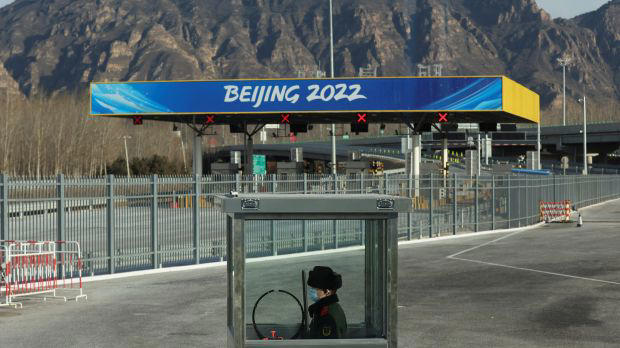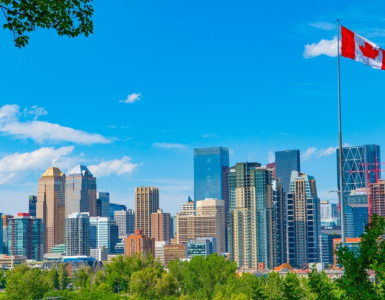The problem with the Beijing Olympics hydrogen bus fleet – Quartz.
China is betting big on hydrogen fuel, and is using the Winter Olympics as a showcase for the technology. The Olympic torch burned a hydrogen flame, and more than 1,000 hydrogen fuel cell vehicles, emitting nothing but water vapor and warm air, are plying the roads between Beijing’s Olympics venues.
To power the fleet of hydrogen fuel cell buses, oil company Shell worked with Zhangjiakou City Transport to develop a 20 megawatt (MW) green hydrogen facility in Zhangjiakou, northwest of Beijing.
It’s one of the largest green hydrogen electrolysers in the world, and one of two in Zhangjiakou, a ski resort area where many Olympics events are taking place. Shell expects the facility to provide about half of the Olympics’ green hydrogen fuel needs.
🔥 What about we co-host a webinar? Let's educate, captivate, and convert the hydrogen economy!
Hydrogen Central is the global go-to online magazine for the hydrogen economy, we can help you host impactful webinars that become a global reference on your topic and are an evergreen source of leads. Click here to request more details
Sinopec, an oil and gas company also known as China Petroleum and Chemical Corporation, will also provide hydrogen for the Olympics.
While Sinopec did not specify what type of hydrogen will be at their pumps, the Chinese oil major is building out a national network of over 1,000 hydrogen fuel pumps, and filling those with fossil fuel-based hydrogen—whose carbon emissions can be as much as 3-6 times higher than just burning gasoline in a conventional combustion engine. Its first green hydrogen facility in Inner Mongolia is only expected to go online some time in 2022.
Green vs. gray hydrogen
Hydrogen used in fuel cells to power transport emits no greenhouse gases. But emissions are generated during the production of hydrogen. There is a dangerously wide gap in emissions between different types of hydrogen—undercutting hydrogen’s promise as a “green” fuel.
Green hydrogen is produced in electrolysers, which uses electricity to split water into hydrogen and oxygen.
When electrolyses are powered by wind or solar energy, carbon isn’t emitted to produce the hydrogen, delivering on its promise of being better for the environment than fossil fuels. Right now, out of the 25 million metric tons of hydrogen that China produces, only about 1% is green hydrogen.
About 62% is black hydrogen, made by burning coal, the fossil fuel with the highest carbon emissions. When hydrogen is produced from coal, each kilo of hydrogen produced results in 18–20 kg of C02 emissions, according to a study cited by the industry outlet Recharge.
A kilogram of gasoline when burned emits about 3.5 kg of carbon dioxide (CO2) emissions.
That means hydrogen vehicles fueled up with black hydrogen are associated with 6 times more CO2 emissions than those of a standard gasoline-burning bus. (Not including the emissions generated by extracting and refining gas, or mining coal.) Thanks for staying up to date with Hydrogen Central.
Another 19% of China’s annual hydrogen output is gray, produced from natural gas, which emits 8-12 kg of CO2 for every kilo of hydrogen produced.
China argues that using black and gray hydrogen is necessary to supply the market and bring prices down as the industry ramps up its green hydrogen capacity, in line with state priorities.
So despite the current lack of green hydrogen supply, China is pressing ahead with demonstration projects backed by government subsidies. As of last year, there are more than 35 hydrogen projects across China, much of it fueled by gray or black hydrogen.
Hydrogen busses are already falling out of favor
As the emerging hydrogen fuel cell industry finds its way, there will be applications for hydrogen, but its potential role in land transportation may be fading as electric batteries improve.
This story continues, read the rest of the article following the link below
The problem with the Beijing Olympics hydrogen bus fleet, source
READ the latest news shaping the hydrogen market at Hydrogen Central









1 comment